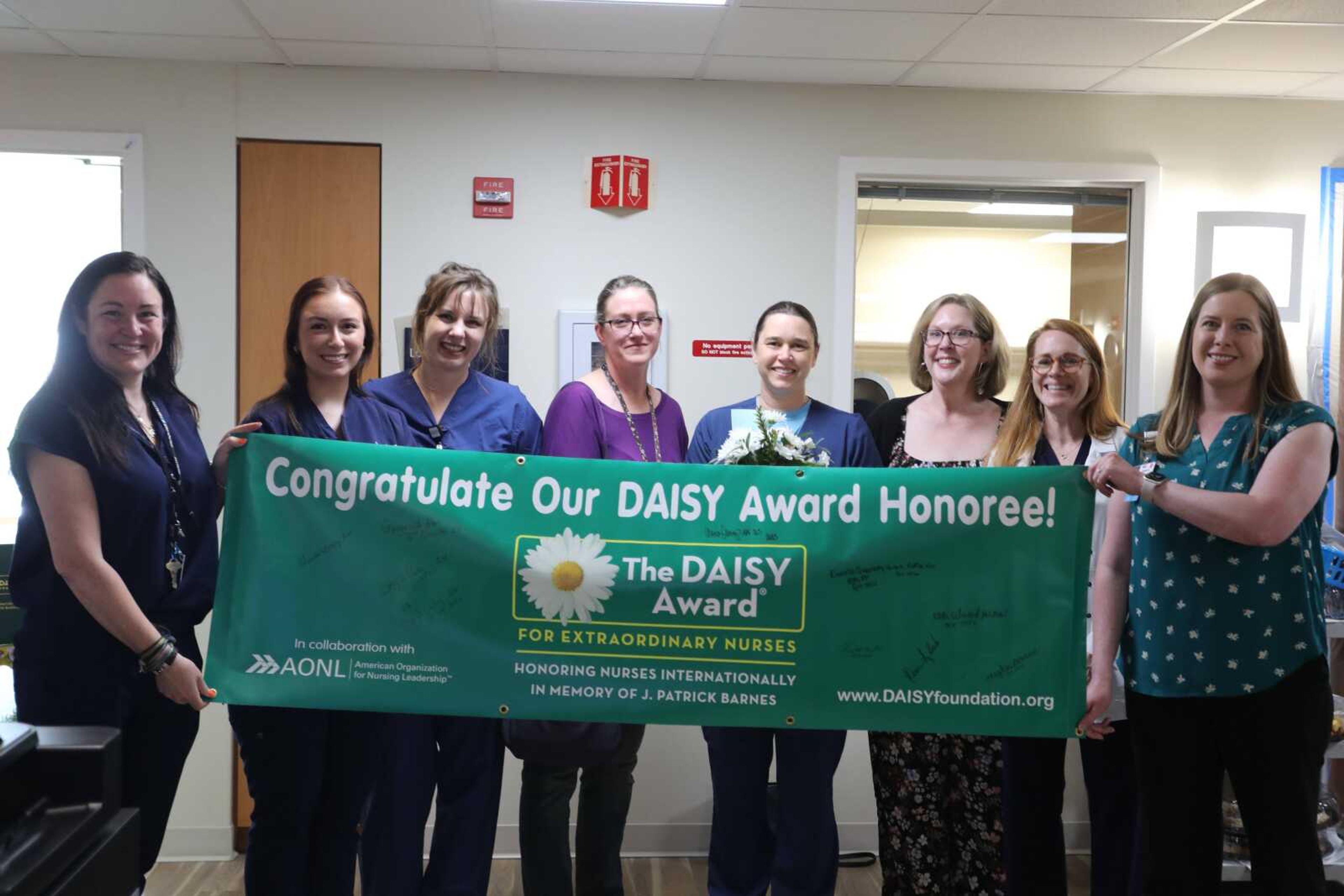Mo Elk Restoration, What You Didn't Know...
Below you will find a letter to the Mo Dept of Conservation from the North American Elk Breeders Assoc. about concerns all Missourians should have about this restoration project. NORTH AMERICAN ELK BREEDERS ASSOCIATION 4985 West Blue Hill Road, Ayr, NE 68925 / 402-756-3355...
Below you will find a letter to the Mo Dept of Conservation from the North American Elk Breeders Assoc. about concerns all Missourians should have about this restoration project.
NORTH AMERICAN ELK BREEDERS ASSOCIATION
4985 West Blue Hill Road, Ayr, NE 68925 / 402-756-3355
October 18, 2010
Mr. Bob Ziehmer, Director
Missouri Department of Conservation
P.O. Box 180
Jefferson City, Missouri 65102-0180
Re: Missouri Elk Relocation Program:
Dear Director Ziehmer:
On behalf of the North American Elk Breeders Association, I believe the following needs to be addressed concerning the plan to move elk into Missouri.
Because farmed raised elk can be monitored on a regular basis compared to those released into the wild, the relocation elk should be held to at least the same criteria, preferably higher to prevent the spread of disease to domestic animals and/or other wild animals.
The following statements of the Missouri Conservation Commission are misleading at best and false in scientific practice:
"It is important to note the health testing protocol is more stringent /restrictive than animal movement protocols currently required to move livestock or captive elk into
Missouri." p. 4 "A key point is that the proposed health testing protocol is more stringent/restrictive than animal movement protocols currently required to move livestock or captive elk into Missouri" p. 16.
Missouri requires a minimum of 5 years of CWD Monitored Status to move farmed raised animals in; the relocation animals from Kentucky have at best 2 years of monitoring status. This fact which was released in court records is contradicted by this statement on page 15:
"Potential donor states have a long history of testing elk and deer herds for a variety of diseases including CWD."
Adding requirements such as EHD inspection does not compensate for the lack of CWD monitoring. EHD does not spread from animal to animal but from a midge (small airborne insect), if they were exposed, they would either be dead or have immunity to the strain they were exposed to.
The proposal states they will only accept elk from non-CWD states. Is there truly a concern about relocating animals from CWD states? A trace-back on the elk from Kentucky should be questioned since they originally came from Elk Island in Alberta, Canada which is not a CWD free province and their publications indicate disease is the means used to keep the herd population in check.
Mr. Bob Ziehmer
October 18, 2010
Page 2
Arkansas received 112 elk from Nebraska and Colorado from 1981-1985. Colorado is widely considered the birthplace of CWD. Arkansas shows calving rates for calves has run from 24 -51 percent. This is a fraction of the normal rate of elk births. Is it habitat or disease that is eliminating 49% to 76% of the newborns and causing the herd to travel to surrounding farms?
Rectal biopsy for CWD has not been approved by USDA/Aphis to replace CWD monitoring. To the best of my knowledge, this test has only been done by USDA/Aphis staff such as Dr. Terry Spraker, Dr. Kurt Ver Cauteren ect. Are these the people who will be conducting the biopsy, or have they trained others to do the work. Will USDA/Aphis be training veterinarians from other states to conduct the biopsys and will USDA/Aphis approve shipment of those animals to all states? If USDA/Aphis is not willing to train and accept biopsys by local vets, you are creating a lesser standard and unfair advantage over the domesticated elk industry. If the rectal biopsy is that fool proof, why is there concern over coming from non-CWD states? With the new National CWD Plan not yet released, the protocol Missouri has adopted is not legal, appropriate or acceptable.
Throughout the relocation plan, the Rocky Mountain Elk Foundation is listed as being a part of the process. Nowhere in the publication can I find where they will be compensated in the future with free hunting tags to auction off to its members. Is this a part of the agreement that the public is unaware of?
The estimated cost for the project is $411,185.00 initially. The state could buy those animals from Missouri elk breeders for less money, not subject the proposed elk to the stress and often death during helicopter netting, not subject the domestic and wild animals to introduction of disease and have much better genetics and better trophy animals to hunt in the future while supporting taxpayers from the State.
The survey conducted for approval rating of the elk relocation allegedly indicates a high percentage of satisfaction. The plan indicates the "low traffic" in the relocation zone is a plus, however the "Missouri Department of Transportation has filed an objection to the elk reintroduction due to concern for traffic safety on U.S. 60, several miles outside the elk containment area." The Missouri Farm Bureau also objected to the relocation. When inquiring about access to the comments submitted on the relocation, I was notified by Tim Smith, MDC Ombudsman that there "is not currently a way for me to review all of the comments sent to our "Elk Comments" site... they were being tabulated as either "pro" or "con"" This leaves the public with no opportunity to read reasons to object as all of the literature only gives the positive side of the relocation. It appears the commission is attempting to keep the public uniformed of all criteria that may slow or stop the process until the project is complete.
Other questions arising from the protocol involves inability to tag and monitor calves born in the wild and testing of all mortalities in the herd. Currently most states require CWD tests on all elk that are slaughtered, shot or die of natural causes. Failure to do so will result in fines and loss of license. Requirements under the Missouri protocol for relocated elk, only applies to harvested elk, adding only "a reasonable attempt made to test all other elk mortalities." p.24. This is far short of a guarantee!
Mr. Bob Ziehmer
October 18, 2010
Page 3
The North American Elk Breeders Association is asking that these animals, unless bought from CWD Monitored elk breeders in Missouri, follow at least the same protocol of other elk entering the state. The current plan is well short of those measures on the most important topics such as CWD.
Sincerely,
Joel K. Espe
Legislative Chair,
North American Elk Breeders Association
Cc Missouri Elk Breeders Association
Connect with the Southeast Missourian Newsroom:
For corrections to this story or other insights for the editor, click here. To submit a letter to the editor, click here. To learn about the Southeast Missourian’s AI Policy, click here.








